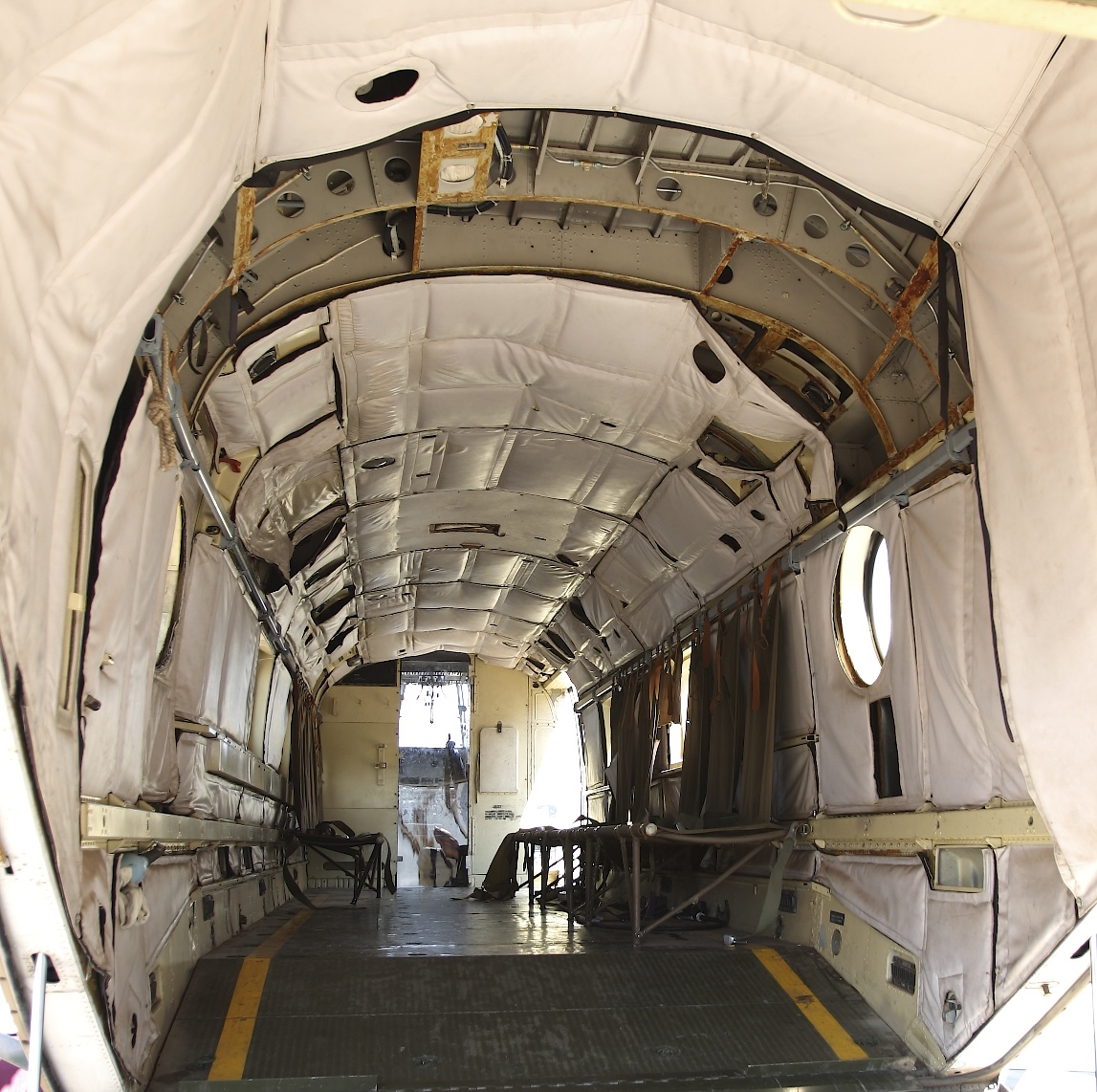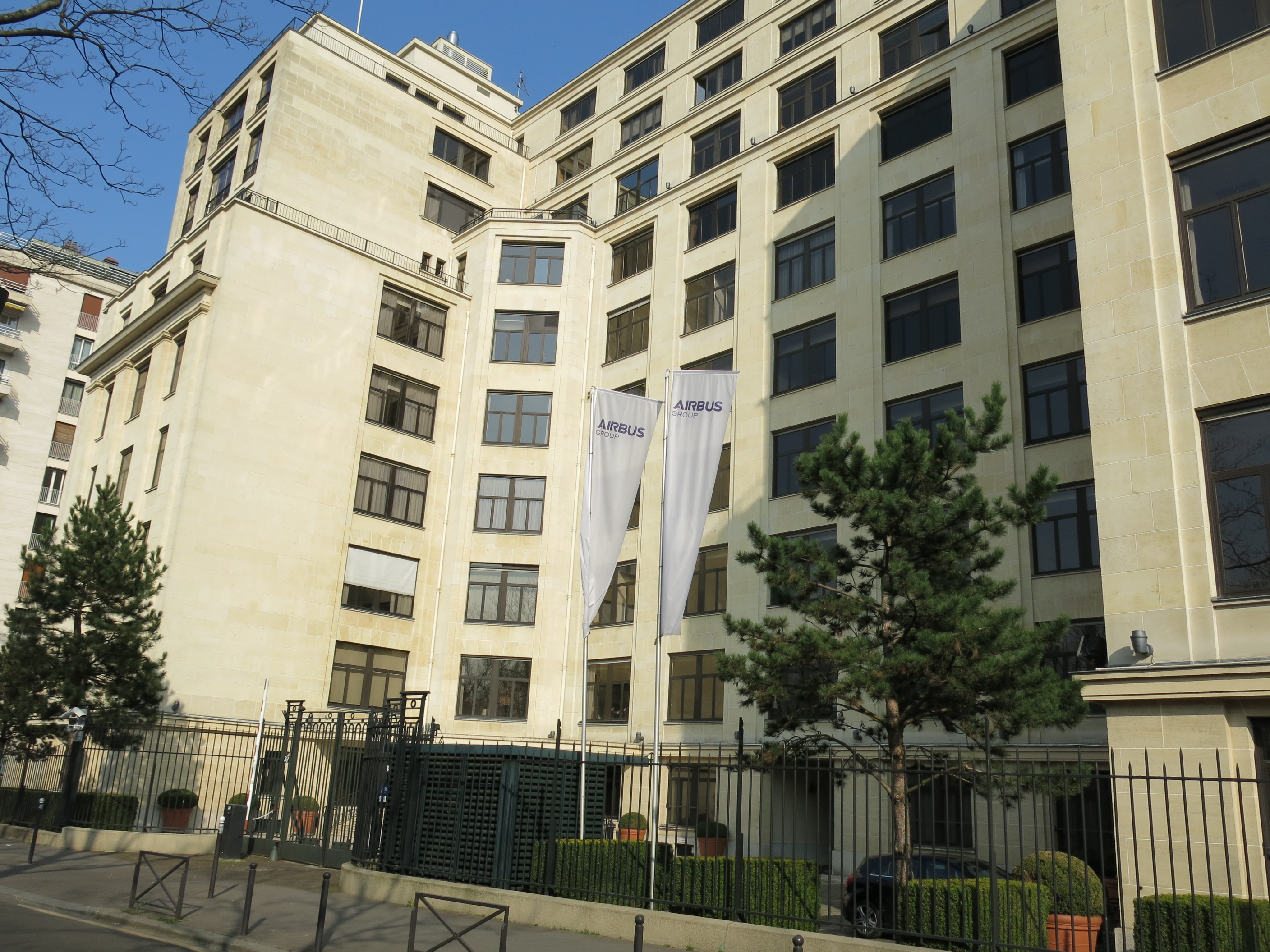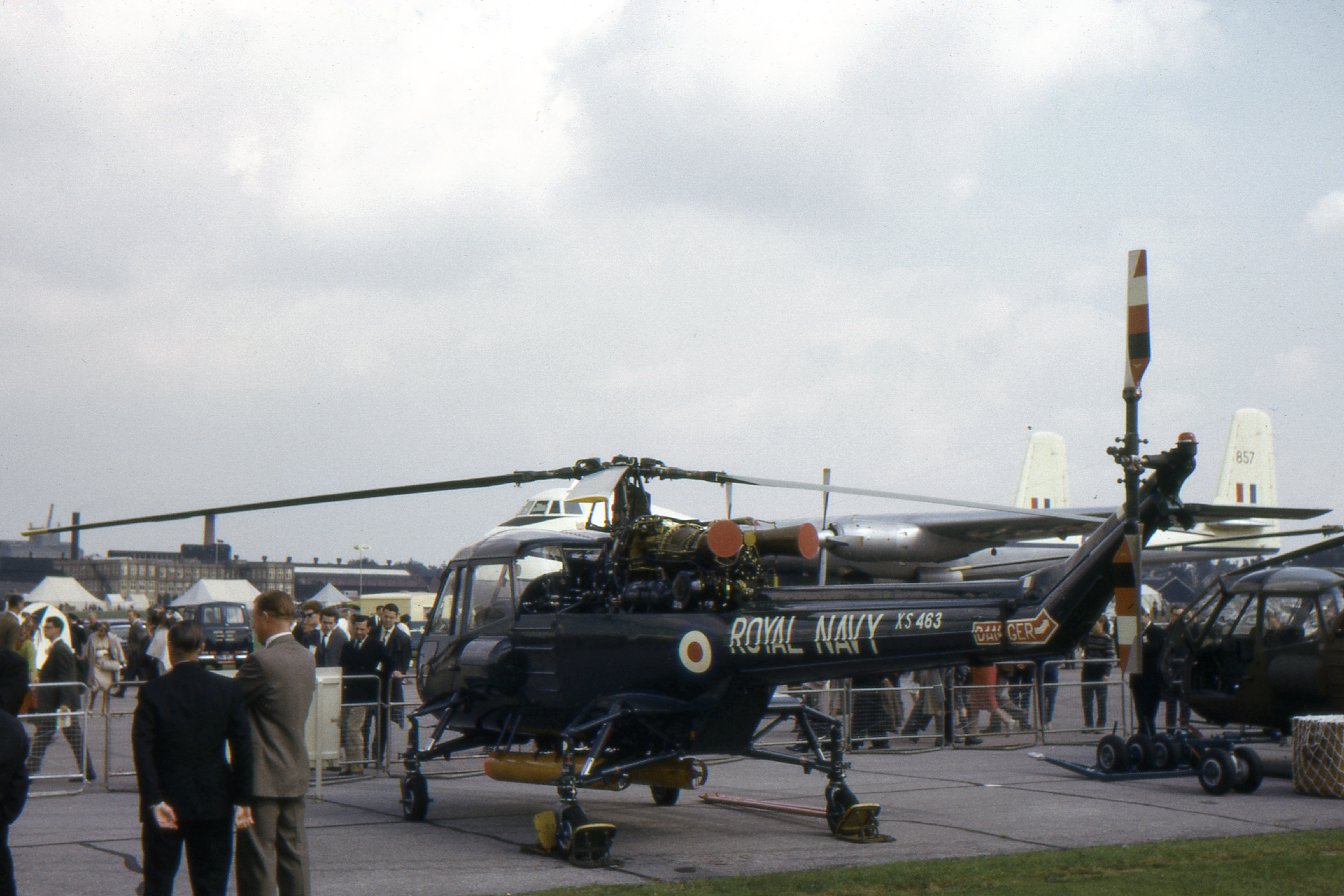|
SAS Tafelberg
SAS ''Tafelberg'' was a replenishment ship (AOR) of the South African Navy. The ship started life as the Danish tanker ''Annam'' before undergoing various conversions into her final configuration. Early history SAS ''Tafelberg'' started life in 1958 as the Danish tanker ''Annam'' in the service of the East Asiatic Company in Copenhagen. She was one of four similar ships commissioned at the time, and was named by the local Thai ambassador's daughter Vasna Virajakar. British Petroleum leased her for five years. South African Navy She was purchased in 1965 by Safmarine before being reconfigured in Durban as the replenishment ship SAS ''Tafelberg'' and sold to the South African Navy (SAN). At this time, she had five refuelling points, one astern and two solid stores transfer stations,. In 1967, in the company of and , she visited Argentina, while in 1968 she visited Australia along with and ''President Pretorius''. In 1971 ''Tafelberg'' acted as official guardship f ... [...More Info...] [...Related Items...] OR: [Wikipedia] [Google] [Baidu] |
Tanker (ship)
A tanker (or tank ship or tankship) is a ship designed to transport or store liquids or gases in bulk. Major types of tankship include the oil tanker, the chemical tanker, and gas carrier. Tankers also carry commodities such as vegetable oils, molasses and wine. In the United States Navy and Military Sealift Command, a tanker used to refuel other ships is called an oiler (or replenishment oiler if it can also supply dry stores) but many other navies use the terms tanker and replenishment tanker. Tankers were first developed in the late 19th century as iron and steel hulls and pumping systems were developed. As of 2005, there were just over 4,000 tankers and supertankers or greater operating worldwide. Description Tankers can range in size of capacity from several hundred tons, which includes vessels for servicing small harbours and coastal settlements, to several hundred thousand tons, for long-range haulage. Besides ocean- or seagoing tankers there are also specialized ... [...More Info...] [...Related Items...] OR: [Wikipedia] [Google] [Baidu] |
South Atlantic Race
The South Atlantic Race (formerly the Cape-to-Rio) is a yacht race from Cape Town to various destinations in South America. This has been primarily Rio de Janeiro, Brazil, although Punta del Este, Uruguay, and Salvador, Brazil, have all been chosen. History Following the success of Bruce Dalling and the yacht Voortrekker in the 1968 Single-Handed Trans-Atlantic Race, Admiral Hugo Biermann then chairman of the Springbok Ocean Racing Trust, suggested that South Africa hosted an ocean race of its own. The South African Ocean Racing Trust (as the SAORT became known) selected the Iate Clube do Rio de Janeiro, who were willing to co-operate in the organising of the race and the race would be known as the Cape to Rio. The first race was organised for 1971, with the organisers anticipating at most 15 entries into the race. However the race attracted a large amount of interest and 58 boats entered the 1971 race. Ocean Spirit won the first race on 8 February, after 23 days and 42 minutes. ... [...More Info...] [...Related Items...] OR: [Wikipedia] [Google] [Baidu] |
Mess
The mess (also called a mess deck aboard ships) is a designated area where military personnel socialize, eat and (in some cases) live. The term is also used to indicate the groups of military personnel who belong to separate messes, such as the officers' mess, the chief petty officer mess, and the enlisted mess. In some civilian societies this military usage has been extended to the eating arrangements of other disciplined services such as fire fighting and police forces. The root of ''mess'' is the Old French ''mes'', "portion of food" (cf. modern French ''mets''), drawn from the Latin verb ''mittere'', meaning "to send" and "to put" (cf. modern French ''mettre''), the original sense being "a course of a meal put on the table"; cfr. also the modern Italian ''portata'' with the same meaning, past participle of ''portare'', ''to bring''. This sense of ''mess'', which appeared in English in the 13th century, was often used for cooked or liquid dishes in particular, as in the "mess ... [...More Info...] [...Related Items...] OR: [Wikipedia] [Google] [Baidu] |
Helicopter Rotor
A helicopter main rotor or rotor system is the combination of several rotary wings (rotor blades) with a control system, that generates the aerodynamic lift force that supports the weight of the helicopter, and the thrust that counteracts aerodynamic drag in forward flight. Each main rotor is mounted on a vertical mast over the top of the helicopter, as opposed to a helicopter tail rotor, which connects through a combination of drive shaft(s) and gearboxes along the tail boom. The blade pitch is typically controlled by the pilot using the helicopter flight controls. Helicopters are one example of rotary-wing aircraft (rotorcraft). The name is derived from the Greek words ''helix'', helik-, meaning spiral; and ''pteron'' meaning wing. Design principles Overview The helicopter rotor is powered by the engine, through the transmission, to the rotating mast. The mast is a cylindrical metal shaft that extends upward from—and is driven by—the transmission. At the top of the mast i ... [...More Info...] [...Related Items...] OR: [Wikipedia] [Google] [Baidu] |
Blade Pitch
Blade pitch or simply pitch refers to the angle of a blade in a fluid. The term has applications in aeronautics, shipping, and other fields. Aeronautics In aeronautics, blade pitch refers to the angle of the blades of an aircraft propeller or helicopter rotor. Blade pitch is measured relative to the aircraft body. It is usually described as "fine" or "low" for a more vertical blade angle, and ,# "coarse" or "high" for a more horizontal blade angle. * i n Blade pitch is normally described as a ratio of forward distance per rotation assuming no slip. Blade pitch acts much like the gearing of the final drive of a car. Low pitch yields good low speed acceleration (and climb rate in an aircraft) while high pitch optimizes high speed performance and fuel economy. It is quite common for an aircraft to be designed with a variable-pitch * propeller, to give maximum thrust over a larger speed range. A fine pitch would be used during take-off and landing, whereas a coarser pitch is u ... [...More Info...] [...Related Items...] OR: [Wikipedia] [Google] [Baidu] |
Aérospatiale SA 321 Super Frelon
The Aérospatiale (formerly Sud Aviation) SA 321 Super Frelon ("Super Hornet") is a three-engined heavy transport helicopter produced by aerospace manufacturer Sud Aviation of France. It held the distinction of being the most powerful helicopter to be built in Europe at one point, as well as being the world's fastest helicopter. The Super Frelon was a more powerful development of the original SNCASE SE.3200 Frelon, SE.3200 Frelon, which had failed to enter production. On 7 December 1962, the first prototype conducted the type's maiden flight. On 23 July 1963, a modified Super Frelon flew a record-breaking flight, setting the new FAI absolute helicopter world speed record with a recorded speed of . Both civilian and military versions of the Super Frelon were produced; the type was predominantly sold to military customers. In 1981, Aerospatiale, Sud Aviation's successor company, chose to terminate production due to a lack of orders. The Super Frelon was most heavily used by naval ... [...More Info...] [...Related Items...] OR: [Wikipedia] [Google] [Baidu] |
Aérospatiale Puma
Aérospatiale (), sometimes styled Aerospatiale, was a French state-owned aerospace manufacturer that built both civilian and military aircraft, rockets and satellites. It was originally known as Société nationale industrielle aérospatiale (SNIAS). Its head office was in the 16th arrondissement of Paris. The name was changed to Aérospatiale during 1970. During the 1990s, Aérospatiale underwent several significant restructures and mergers. Its helicopter division was, along with Germany's DaimlerBenz Aerospace AG (DASA), combined to form the Eurocopter Group. In 1999, the majority of Aérospatiale, except for its satellite activities, merged with French conglomerate Matra's defense wing, Matra Haute Technologie, to form Aérospatiale-Matra. That same year, the satellite manufacturing division merged with Alcatel to become Alcatel Space, now Thales Alenia Space. In 2001, Aérospatiale-Matra merged with Spanish aviation company Construcciones Aeronáuticas SA (CASA) and Ge ... [...More Info...] [...Related Items...] OR: [Wikipedia] [Google] [Baidu] |
SAS President Kruger
SAS ''President Kruger'' was the first of three President-class Type 12 frigates built in the United Kingdom for the South African Navy (SAN) during the 1960s. The ship spent most of her career training and made visits to foreign ports in Africa, Western Europe and the United States. In the late 1960s, she was modernized and equipped to operate a helicopter. In the mid-1970s, ''President Kruger'' played a minor role in the South African Border War, conducting patrol operations off the Angolan coast. The ship was placed in reserve in 1977, but was recommissioned in 1980. She sank in 1982 with the loss of 16 lives after colliding with her replenishment oiler, , in the South Atlantic. Description The President-class ships displaced at standard load and at deep load. They had an overall length of , a beam of and a mean deep draught of . The ships were powered by a pair of English Electric geared steam turbines, each driving one propeller shaft, using steam provided by two Bab ... [...More Info...] [...Related Items...] OR: [Wikipedia] [Google] [Baidu] |
Rothesay-class Frigate
The ''Rothesay'' class, or Type 12M frigates were a class of frigates serving with the Royal Navy, South African Navy (where they were called President-class frigates) and the Royal New Zealand Navy.Purvis,M.K., 'Post War RN Frigate and Guided Missile Destroyer Design 1944–1969', Transactions, Royal Institution of Naval Architects (RINA), 1974Marriott,Leo, 'Royal Navy Frigates Since 1945', Second Edition, , Published by Ian Allan Ltd (Surrey, UK), 1990 The original Type 12 frigates, the , were designed as first-rate ocean-going convoy escorts in the light of experience gained during World War II. However, such were the capabilities and potential of the design that it was deemed suitable for use as a fast fleet anti-submarine warfare escort. As such, a repeat and improved Type 12 design was prepared, known as the Type 12M (M for "modified") and called the ''Rothesay'' class after the lead ship. A total of twelve vessels were constructed, with the lead ship being laid down in 1 ... [...More Info...] [...Related Items...] OR: [Wikipedia] [Google] [Baidu] |
Westland Wasp
The Westland Wasp is a small 1960s British turbine powered, shipboard anti-submarine helicopter. Produced by Westland Helicopters, it came from the same P.531 programme as the British Army Westland Scout, and is based on the earlier piston-engined Saunders-Roe Skeeter. It fulfilled the requirement of the Royal Navy for a helicopter small enough to land on the deck of a frigate and carry a useful load of two homing torpedoes. The Wasp sank one ship in combat, seriously damaging the ARA ''Santa Fe'' submarine in 1982 during the Falklands war. Design and development The increasing speed and attack range of the submarine threat, and the increased range at which this threat could be detected led to a Royal Navy requirement for a "Manned Torpedo-Carrying Helicopter" (MATCH). Contemporary shipboard weapons did not have the necessary range, therefore MATCH was in essence a stand-off weapon with the helicopter carrying the torpedo or other weapon to the target and being instructed ... [...More Info...] [...Related Items...] OR: [Wikipedia] [Google] [Baidu] |
Ordnance QF 25 Pounder
The Ordnance QF 25-pounder, or more simply 25-pounder or 25-pdr, was the major British field gun and howitzer during the Second World War. Its calibre is 3.45-inch (87.6 mm). It was introduced into service just before the war started, combining both high-angle and direct-fire abilities, a relatively high rate of fire, and a reasonably lethal shell in a highly mobile piece. It remained the British Army's primary artillery field piece well into the 1960s, with smaller numbers serving in training units until the 1980s. Many Commonwealth of Nations countries used theirs in active or reserve service until about the 1970s and ammunition for the weapon is currently being produced by Pakistan Ordnance Factories. Initial production was slow, but by 1945, over 12,000 had been manufactured. The 25-pounder was probably the most outstanding field artillery piece used by British and Commonwealth forces in the Second World War, being durable, easy to operate and versatile. Design The desig ... [...More Info...] [...Related Items...] OR: [Wikipedia] [Google] [Baidu] |
Zaire
Zaire (, ), officially the Republic of Zaire (french: République du Zaïre, link=no, ), was a Congolese state from 1971 to 1997 in Central Africa that was previously and is now again known as the Democratic Republic of the Congo. Zaire was, by area, the third-largest country in Africa (after Sudan and Algeria), and the 11th-largest country in the world. With a population of over 23 million inhabitants, Zaire was the most-populous officially Francophone country in Africa, as well as one of the most populous in Africa. The country was a one-party totalitarian military dictatorship, run by Mobutu Sese Seko and his ruling Popular Movement of the Revolution party. Zaire was established following Mobutu's seizure of power in a military coup in 1965, following five years of political upheaval following independence from Belgium known as the Congo Crisis. Zaire had a strongly centralist constitution, and foreign assets were nationalized. The period is sometimes referred to ... [...More Info...] [...Related Items...] OR: [Wikipedia] [Google] [Baidu] |






_MOD_45139938.jpg)

